 Image 1 of 26
Image 1 of 26

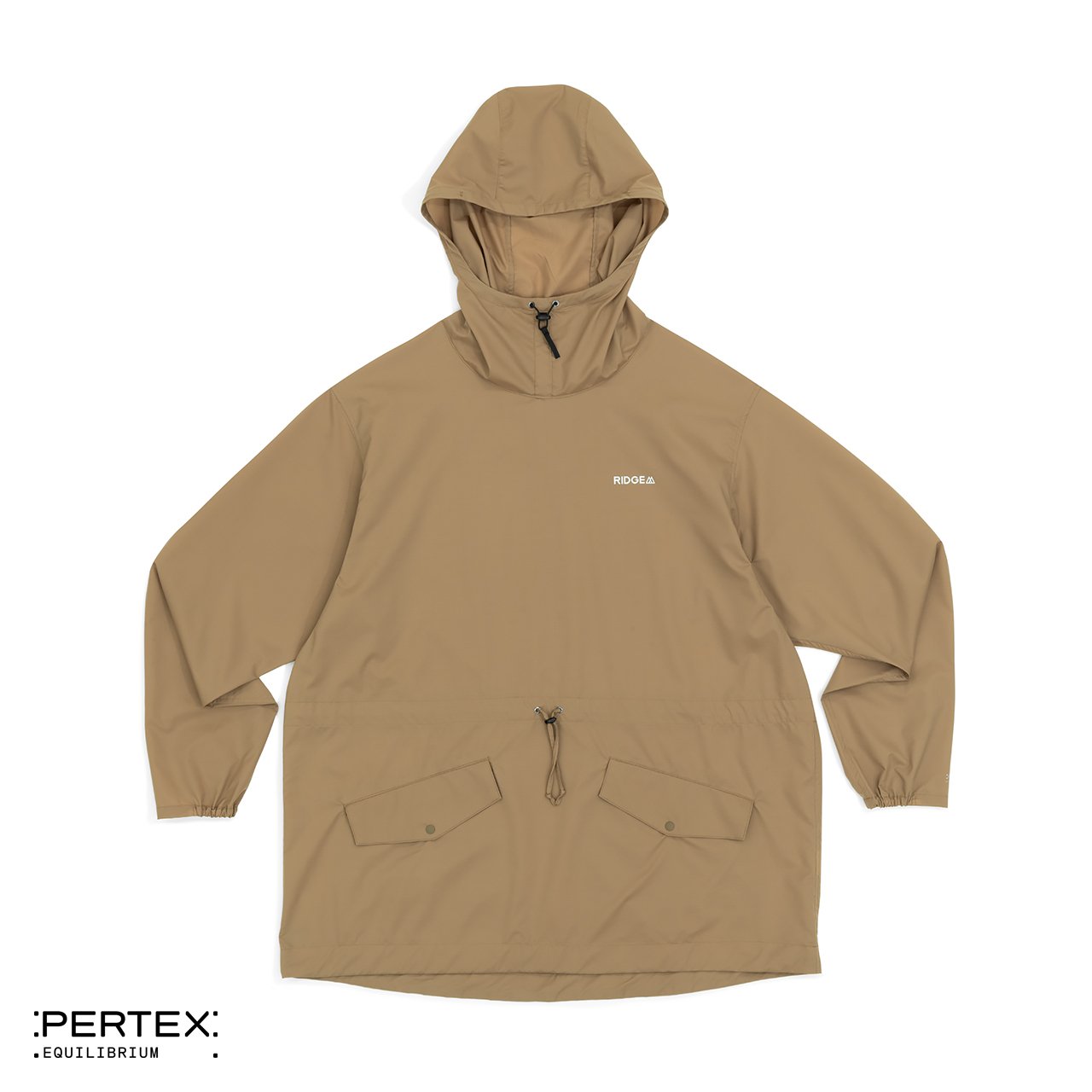 Image 2 of 26
Image 2 of 26

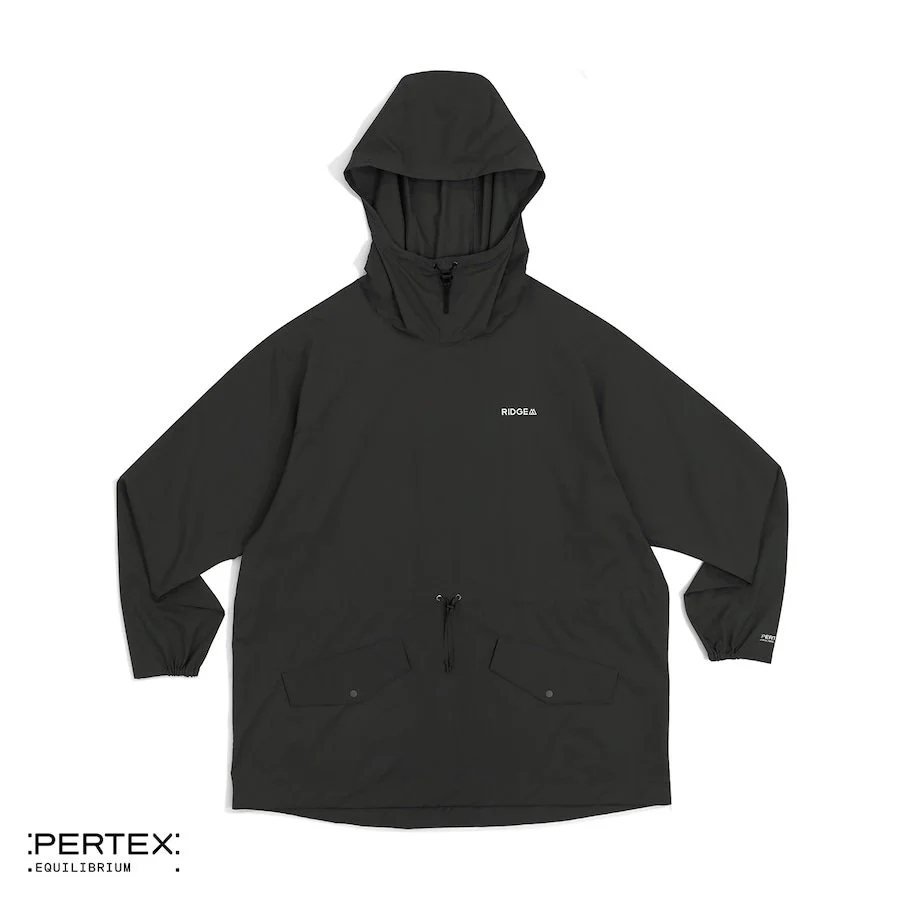 Image 3 of 26
Image 3 of 26

 Image 4 of 26
Image 4 of 26

 Image 5 of 26
Image 5 of 26

 Image 6 of 26
Image 6 of 26

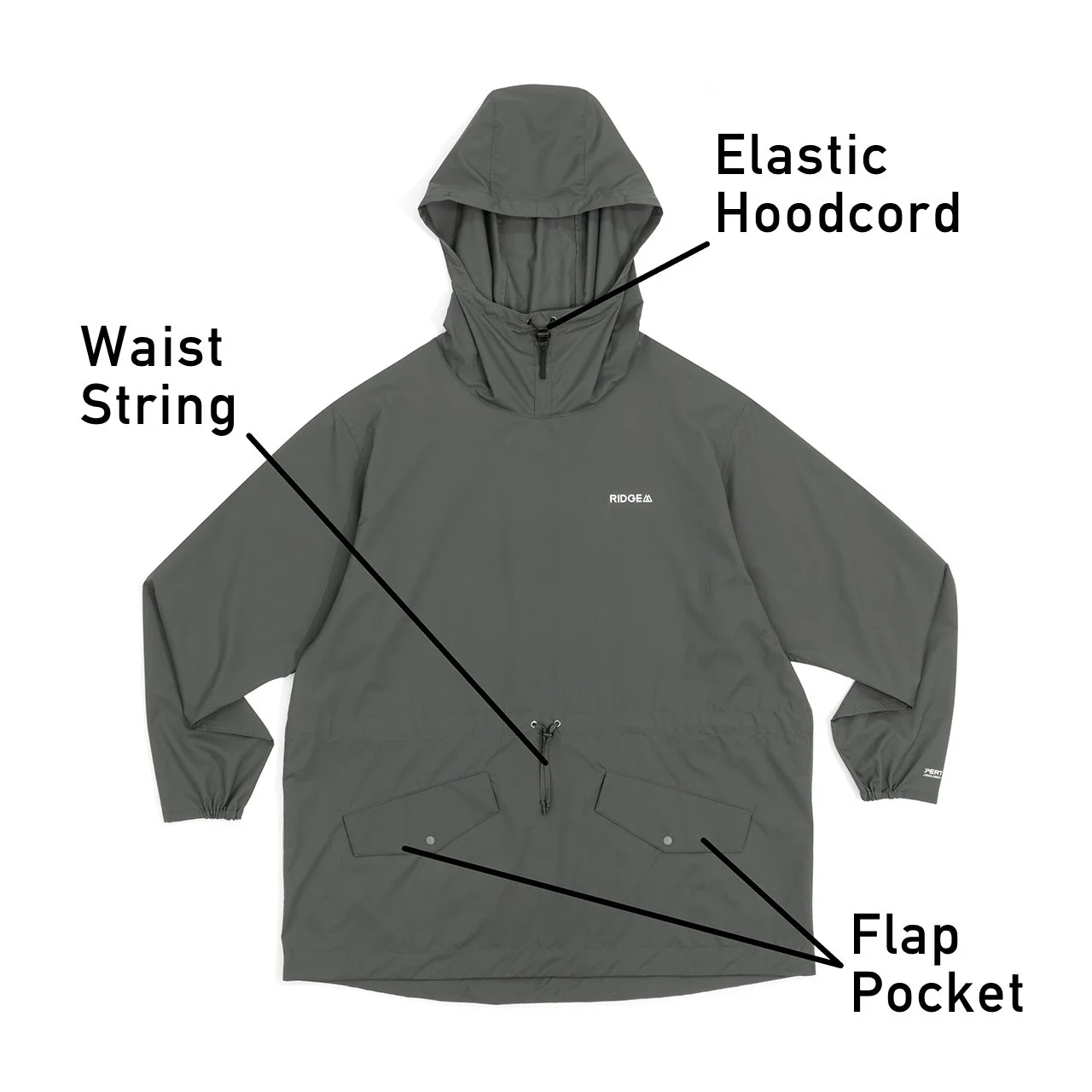 Image 7 of 26
Image 7 of 26

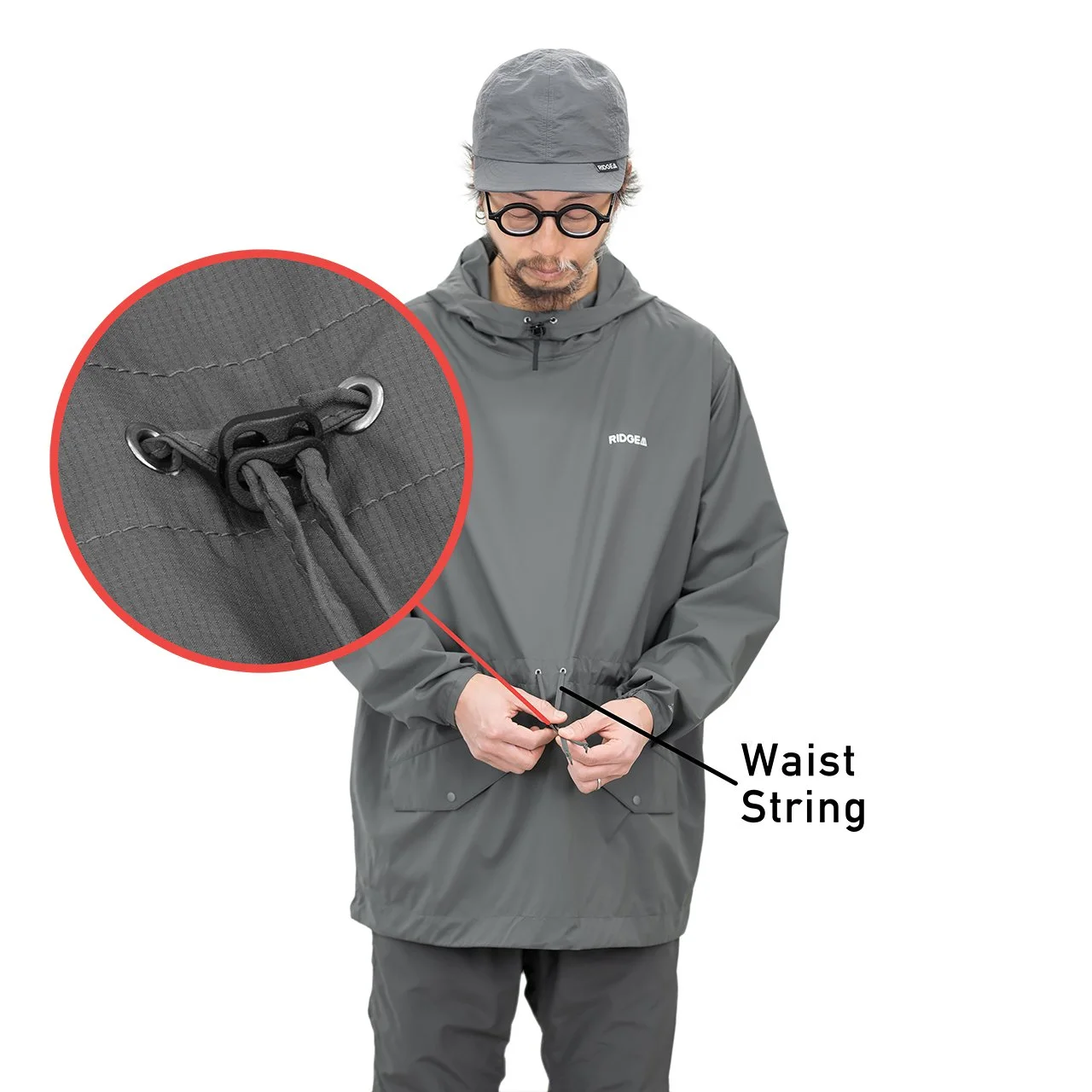 Image 8 of 26
Image 8 of 26

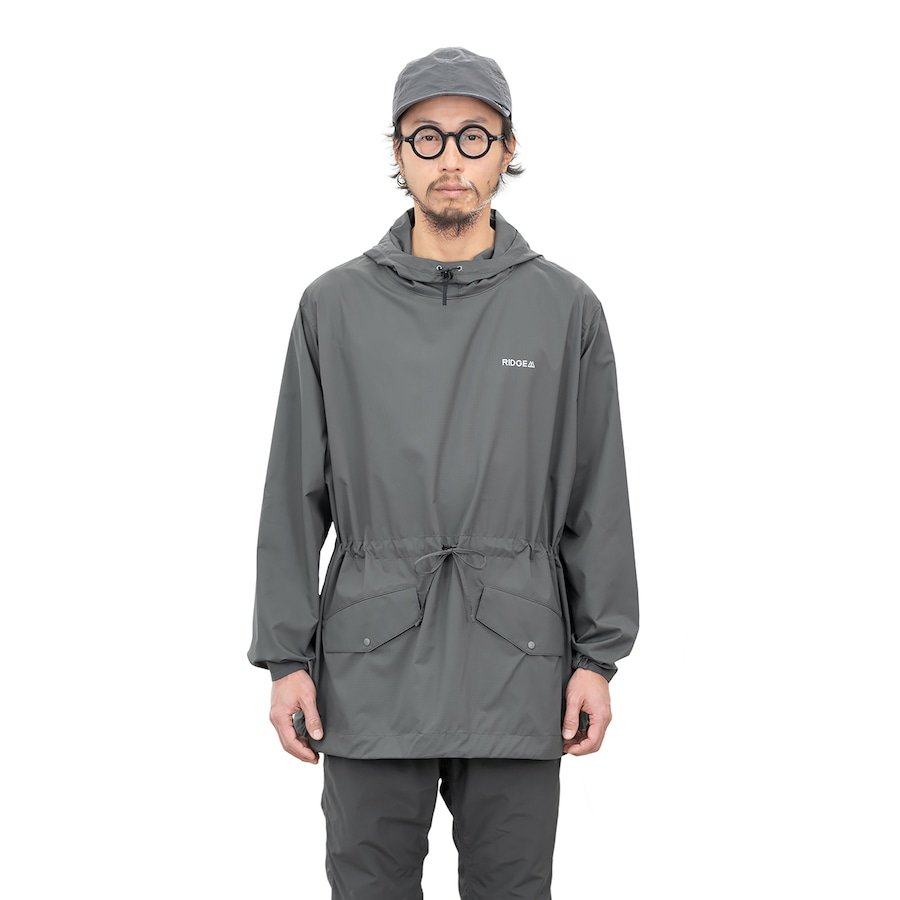 Image 9 of 26
Image 9 of 26

 Image 10 of 26
Image 10 of 26

 Image 11 of 26
Image 11 of 26

 Image 12 of 26
Image 12 of 26

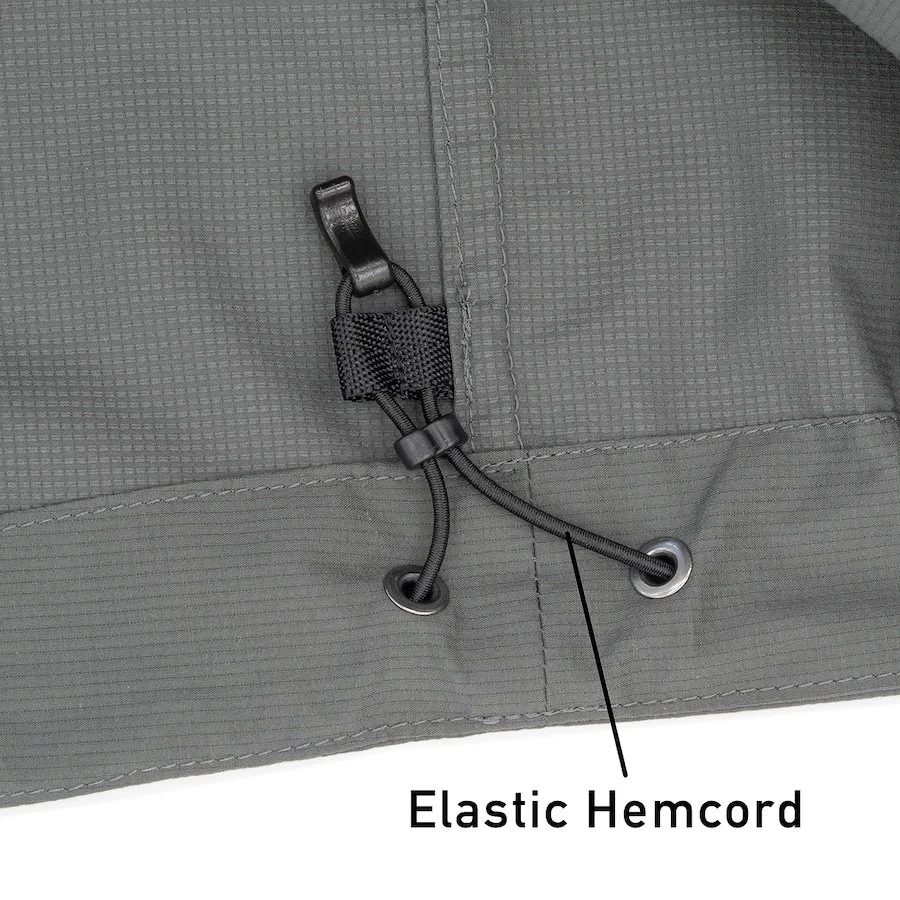 Image 13 of 26
Image 13 of 26

 Image 14 of 26
Image 14 of 26

 Image 15 of 26
Image 15 of 26

 Image 16 of 26
Image 16 of 26

 Image 17 of 26
Image 17 of 26

 Image 18 of 26
Image 18 of 26

 Image 19 of 26
Image 19 of 26

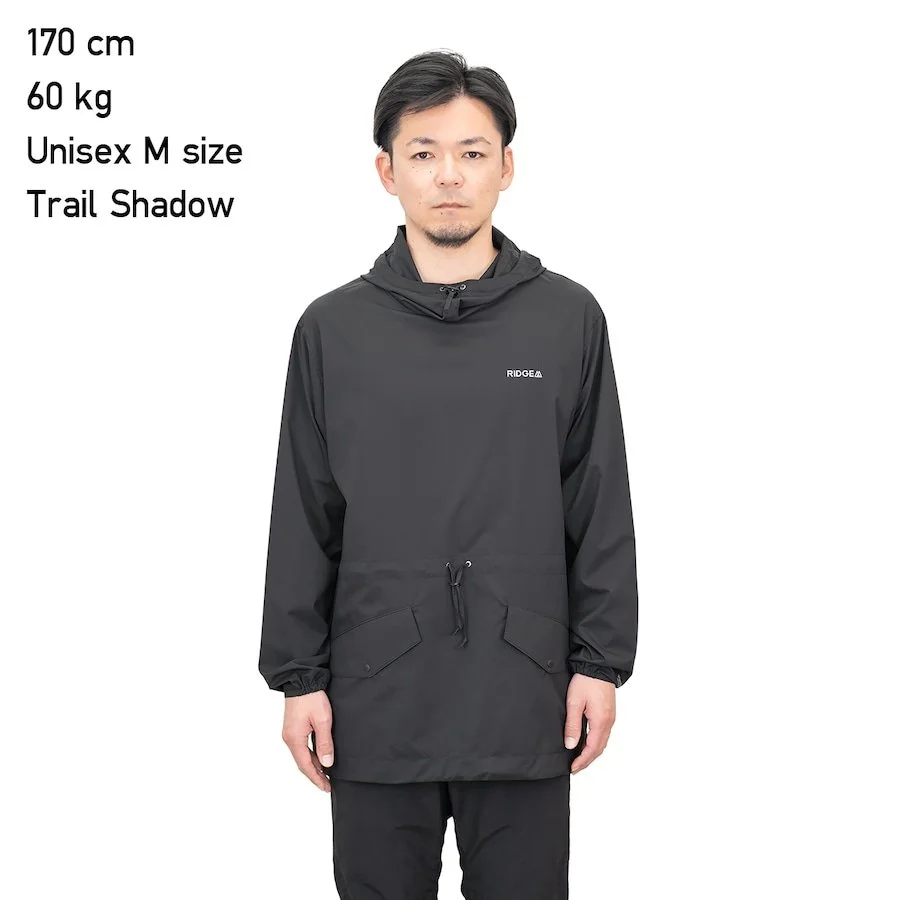 Image 20 of 26
Image 20 of 26

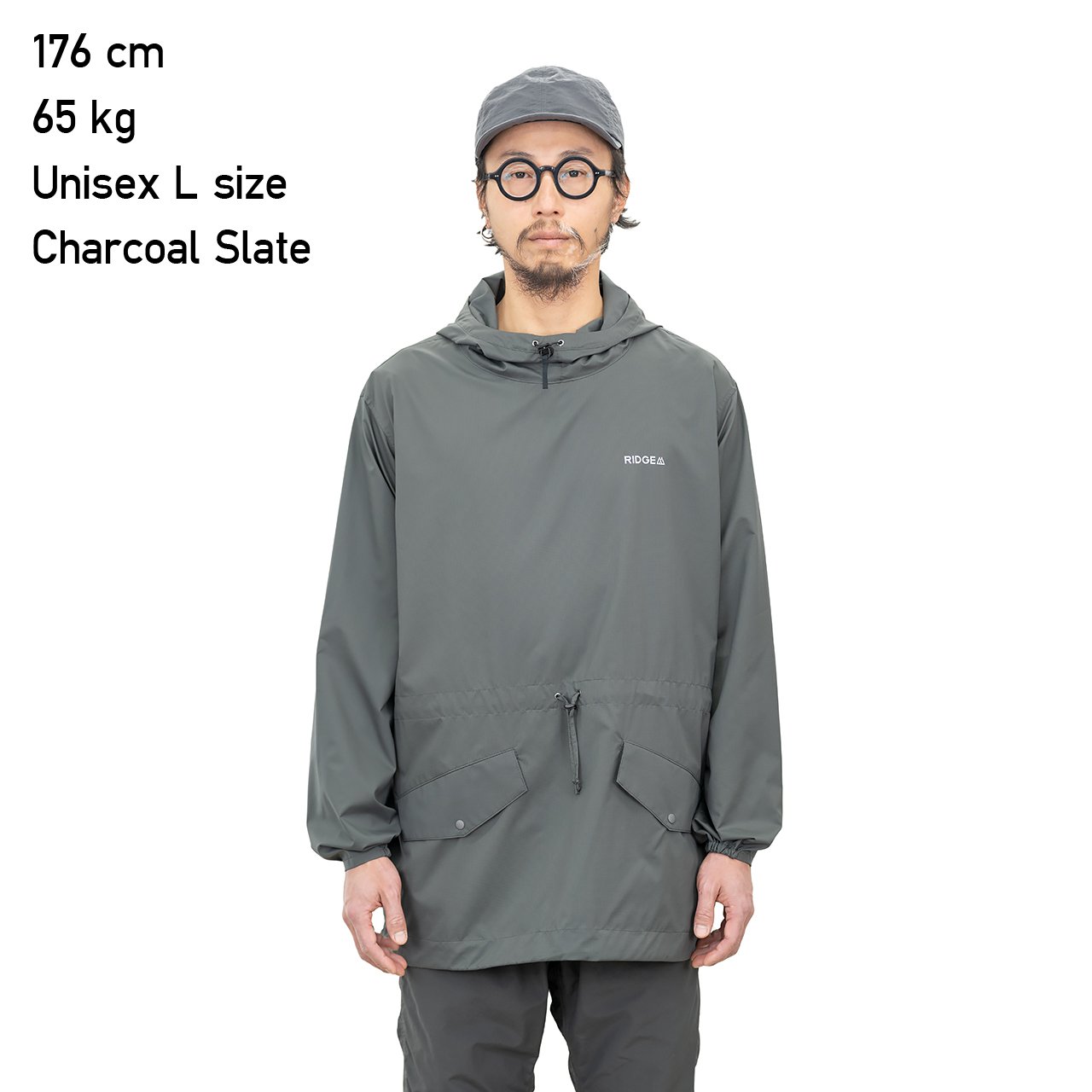 Image 21 of 26
Image 21 of 26

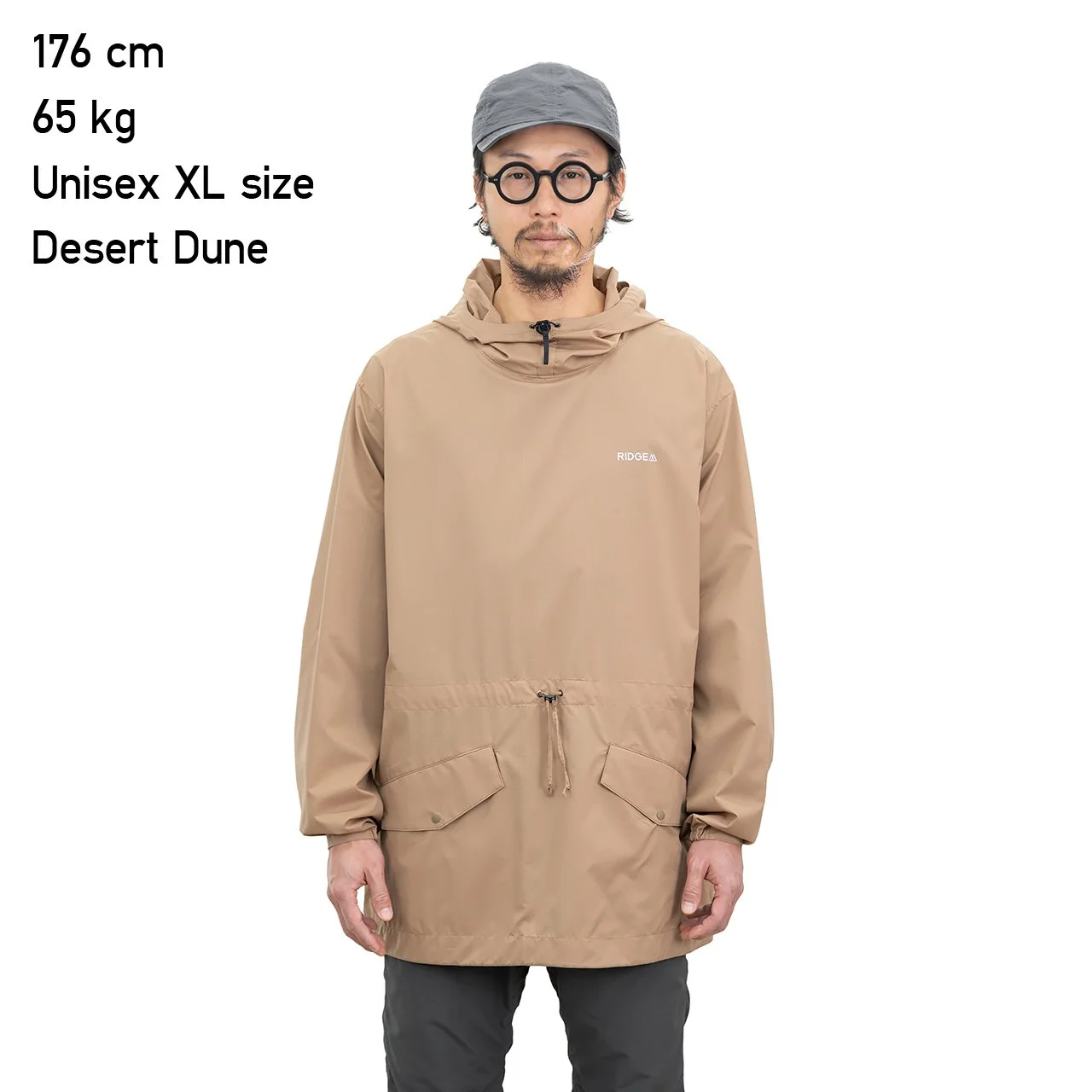 Image 22 of 26
Image 22 of 26

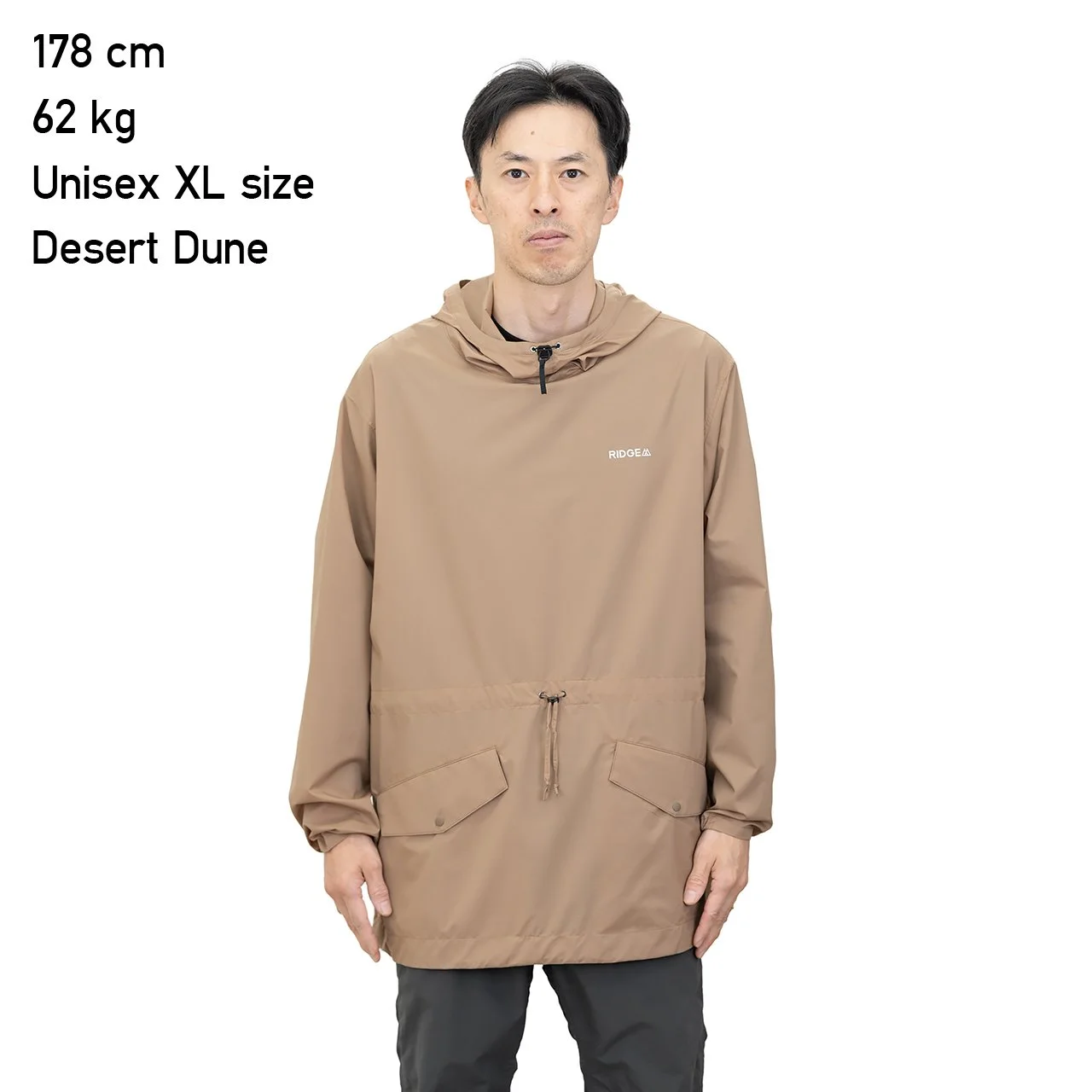 Image 23 of 26
Image 23 of 26

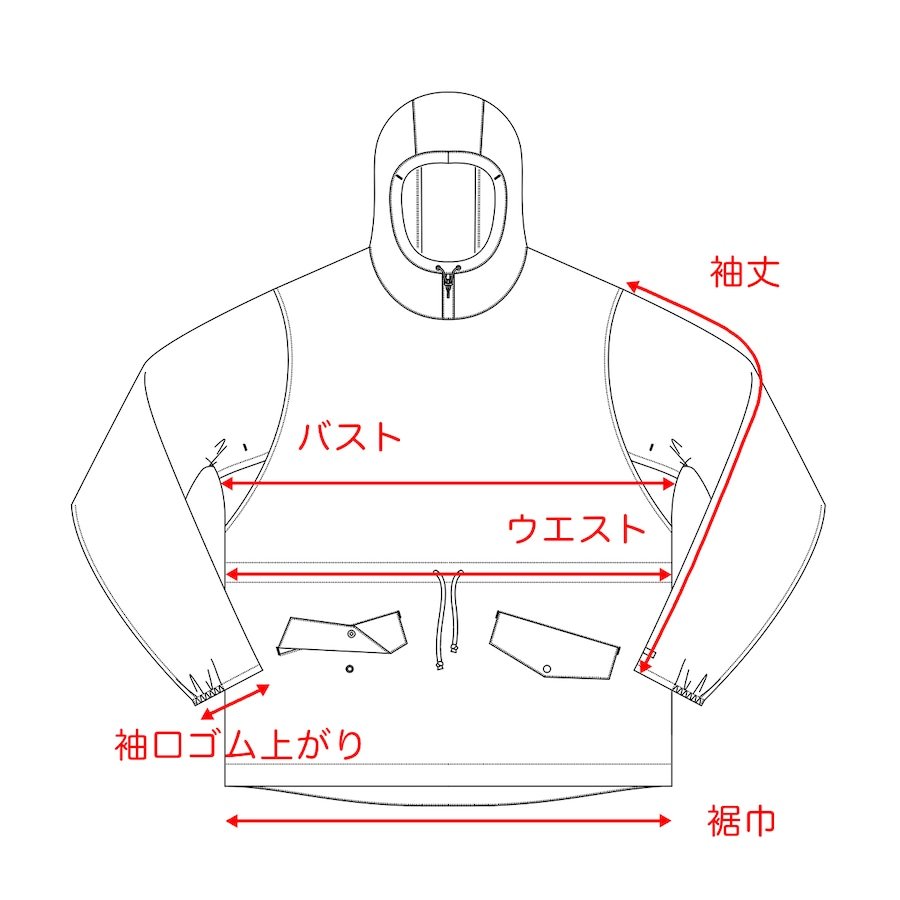 Image 24 of 26
Image 24 of 26

 Image 25 of 26
Image 25 of 26

 Image 26 of 26
Image 26 of 26



























Ridge Mountain Gear Mountain Smock
SPEC
Material: 100% Nylon (Pertex Equilibrium) 49g/㎡
Sizes: (Unisex) XS, S, M, L, XL
Colors: Charcoal Slate, Desert Dune, Trail Shadow
Weight: XS approx. 118g, S approx. 124g, M approx. 132g, L approx. 137g, XL approx. 140g
Country of Origin: Japan
Manufacturer: H.S. Co., Ltd., Gifu City, Gifu Prefecture
Design
The design is based on the “Mle50” smock used by the French Army’s mountain troops from the 1950s to 1960s.
This smock was issued to soldiers as cold-weather gear for frigid conditions. The pullover body is simple and nearly unadorned, but its structure is full of functional logic.
A key feature is its relaxed silhouette, designed to accommodate layering. By adjusting the mid-layer or innerwear, it can adapt flexibly to a variety of environments.
Also, because there are no front buttons or zippers, it effectively blocks wind intrusion and improves thermal retention. While it may not have the multifunctionality of modern outdoor wear, its simplicity makes it extremely user-friendly, offering a timeless appeal suitable for both active use and everyday life.
This modern version updates the classic smock with contemporary materials and construction.
A drawcord at the waist, made from the same fabric as the body, allows fit adjustment. A small cord stopper makes it easy to fine-tune tightness, and any excess cord can be neatly tied into a bow.
A 2mm elastic cord runs through the hem, adjustable at both sides as shown in the image above.
Fit Adjustment and Improved Mobility
Although the smock has a relaxed silhouette, the waist drawcord allows you to customize the fit.
Tightening it gives a snug, body-following shape for better mobility, while loosening it provides a relaxed feel. Especially during active movements, it prevents shifting and maintains comfort.
Improved Wind and Cold Protection
By tightening the waist cord and hem drawcord, you can trap warm air inside and block cold drafts from entering. This adaptability to different environments—such as windy ridgelines or chilly mornings—enhances comfort and boosts the effectiveness of layering for better thermal performance.
Silhouette and Styling Flexibility
Adjusting the waist and hem cords allows for a variety of silhouette changes.
Tightening the waist highlights the body line for a clean look, while tightening the hem transforms it into a balloon silhouette.
This means the same smock can be styled differently depending on situation or mood.
Underarm Ventilation
One of the main features of a smock is its lightweight design, achieved by eliminating zippers.
Where full- or half-zip jackets require heavy zippers and reinforcements, this pullover avoids them entirely for minimal weight.
However, this can restrict ventilation. To solve that, vent openings are added under the arms (at the armhole base). When moving, air naturally circulates through them, efficiently releasing trapped heat.
Since no zippers or snaps are used, this maintains a simple, lightweight structure while enhancing breathability.
Hood Design
The hood can be hooked under the chin for a secure fit. It features an adjustable elastic drawcord at the opening, allowing you to customize the tightness.
In strong winds, tightening it improves fit and blocks cold air; in calm or warm conditions, loosening it adds breathability. This flexibility ensures comfort in varying weather conditions.
Pocket and Packable Function
Equipped with a flap-covered welt pocket, which helps prevent rain or dust from entering.
One of the pockets doubles as a packable storage pouch, allowing the smock to be folded and stored inside itself for compact carrying—perfect for quick access from a backpack.
Flat-Felled Seams
All seams use flat-felled stitching, where seam allowances are folded inward and sewn down so that no raw edges are exposed.
This method produces a clean appearance and high durability.
Although it requires more time and skill than standard overlock stitching, the result is a stronger, longer-lasting garment.
Unlike overlock seams, which can snag and fray if caught, flat-felled seams enhance strength and prevent unraveling.
Layering Over Shirts
The slightly longer hem is designed so that when worn over RIDGE MOUNTAIN GEAR shirts, the shirt hem stays neatly hidden.
This creates a clean, streamlined look and prevents shirt hems from riding up or snagging on a backpack’s waist belt. It also maintains a smooth line both front and side.
The longer length also improves function during movement—such as when climbing, bending forward, or using trekking poles—keeping your waist and back covered and protected from drafts.
Even when sitting during a break, your shirt stays in place without bunching or wrinkling.
Material
This product uses Pertex Equilibrium.
“Equilibrium” represents Pertex’s philosophy of developing unique fabric solutions through close partnerships with its clients.
In 1990, during a long drive toward Chamonix in southern France, Pertex’s Steve Laycock and Rab founder Rab Carrington conceived the idea of creating a comfortable microclimate inside garments.
They theorized that using fabrics with differing yarn structures—an open weave on the inside and a tighter weave on the outside—could generate strong capillary action, effectively wicking moisture away from the body.
Back in the UK, Laycock asked weaving specialists at Perseverance Mill to develop a double-weave shell fabric with differing deniers and densities.
The result of that research was Pertex Equilibrium, a patented fabric.
Structure of EQUILIBRIUM
Pertex Equilibrium employs a double-weave construction.
The densely woven outer layer provides protection against the elements, while the inner layer’s more open weave facilitates moisture transfer from the body to the outside.
Its key features are:
Breathability
Wind resistance
Quick drying
Credit: photos and description from Ridge Mountain Gear official website (https://www.ridge-mountaingear.com/)
*Product information translated and written by morimori
SPEC
Material: 100% Nylon (Pertex Equilibrium) 49g/㎡
Sizes: (Unisex) XS, S, M, L, XL
Colors: Charcoal Slate, Desert Dune, Trail Shadow
Weight: XS approx. 118g, S approx. 124g, M approx. 132g, L approx. 137g, XL approx. 140g
Country of Origin: Japan
Manufacturer: H.S. Co., Ltd., Gifu City, Gifu Prefecture
Design
The design is based on the “Mle50” smock used by the French Army’s mountain troops from the 1950s to 1960s.
This smock was issued to soldiers as cold-weather gear for frigid conditions. The pullover body is simple and nearly unadorned, but its structure is full of functional logic.
A key feature is its relaxed silhouette, designed to accommodate layering. By adjusting the mid-layer or innerwear, it can adapt flexibly to a variety of environments.
Also, because there are no front buttons or zippers, it effectively blocks wind intrusion and improves thermal retention. While it may not have the multifunctionality of modern outdoor wear, its simplicity makes it extremely user-friendly, offering a timeless appeal suitable for both active use and everyday life.
This modern version updates the classic smock with contemporary materials and construction.
A drawcord at the waist, made from the same fabric as the body, allows fit adjustment. A small cord stopper makes it easy to fine-tune tightness, and any excess cord can be neatly tied into a bow.
A 2mm elastic cord runs through the hem, adjustable at both sides as shown in the image above.
Fit Adjustment and Improved Mobility
Although the smock has a relaxed silhouette, the waist drawcord allows you to customize the fit.
Tightening it gives a snug, body-following shape for better mobility, while loosening it provides a relaxed feel. Especially during active movements, it prevents shifting and maintains comfort.
Improved Wind and Cold Protection
By tightening the waist cord and hem drawcord, you can trap warm air inside and block cold drafts from entering. This adaptability to different environments—such as windy ridgelines or chilly mornings—enhances comfort and boosts the effectiveness of layering for better thermal performance.
Silhouette and Styling Flexibility
Adjusting the waist and hem cords allows for a variety of silhouette changes.
Tightening the waist highlights the body line for a clean look, while tightening the hem transforms it into a balloon silhouette.
This means the same smock can be styled differently depending on situation or mood.
Underarm Ventilation
One of the main features of a smock is its lightweight design, achieved by eliminating zippers.
Where full- or half-zip jackets require heavy zippers and reinforcements, this pullover avoids them entirely for minimal weight.
However, this can restrict ventilation. To solve that, vent openings are added under the arms (at the armhole base). When moving, air naturally circulates through them, efficiently releasing trapped heat.
Since no zippers or snaps are used, this maintains a simple, lightweight structure while enhancing breathability.
Hood Design
The hood can be hooked under the chin for a secure fit. It features an adjustable elastic drawcord at the opening, allowing you to customize the tightness.
In strong winds, tightening it improves fit and blocks cold air; in calm or warm conditions, loosening it adds breathability. This flexibility ensures comfort in varying weather conditions.
Pocket and Packable Function
Equipped with a flap-covered welt pocket, which helps prevent rain or dust from entering.
One of the pockets doubles as a packable storage pouch, allowing the smock to be folded and stored inside itself for compact carrying—perfect for quick access from a backpack.
Flat-Felled Seams
All seams use flat-felled stitching, where seam allowances are folded inward and sewn down so that no raw edges are exposed.
This method produces a clean appearance and high durability.
Although it requires more time and skill than standard overlock stitching, the result is a stronger, longer-lasting garment.
Unlike overlock seams, which can snag and fray if caught, flat-felled seams enhance strength and prevent unraveling.
Layering Over Shirts
The slightly longer hem is designed so that when worn over RIDGE MOUNTAIN GEAR shirts, the shirt hem stays neatly hidden.
This creates a clean, streamlined look and prevents shirt hems from riding up or snagging on a backpack’s waist belt. It also maintains a smooth line both front and side.
The longer length also improves function during movement—such as when climbing, bending forward, or using trekking poles—keeping your waist and back covered and protected from drafts.
Even when sitting during a break, your shirt stays in place without bunching or wrinkling.
Material
This product uses Pertex Equilibrium.
“Equilibrium” represents Pertex’s philosophy of developing unique fabric solutions through close partnerships with its clients.
In 1990, during a long drive toward Chamonix in southern France, Pertex’s Steve Laycock and Rab founder Rab Carrington conceived the idea of creating a comfortable microclimate inside garments.
They theorized that using fabrics with differing yarn structures—an open weave on the inside and a tighter weave on the outside—could generate strong capillary action, effectively wicking moisture away from the body.
Back in the UK, Laycock asked weaving specialists at Perseverance Mill to develop a double-weave shell fabric with differing deniers and densities.
The result of that research was Pertex Equilibrium, a patented fabric.
Structure of EQUILIBRIUM
Pertex Equilibrium employs a double-weave construction.
The densely woven outer layer provides protection against the elements, while the inner layer’s more open weave facilitates moisture transfer from the body to the outside.
Its key features are:
Breathability
Wind resistance
Quick drying
Credit: photos and description from Ridge Mountain Gear official website (https://www.ridge-mountaingear.com/)
*Product information translated and written by morimori
